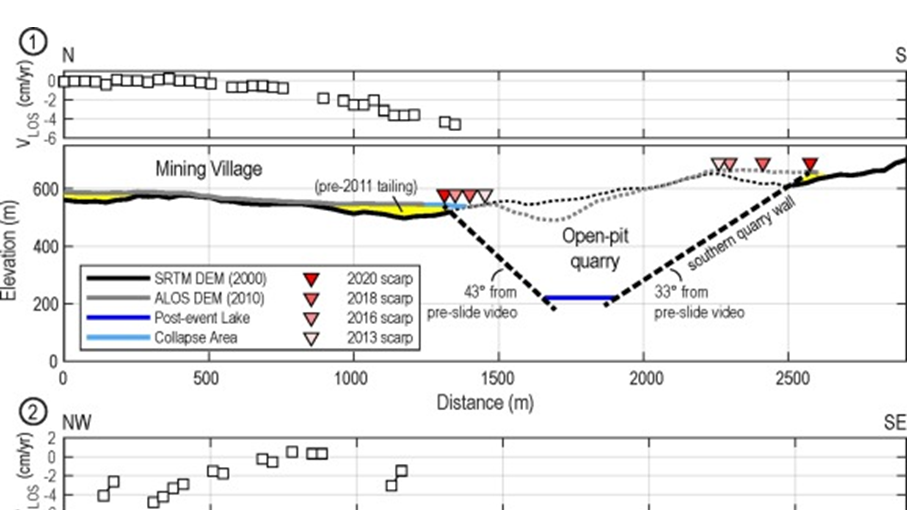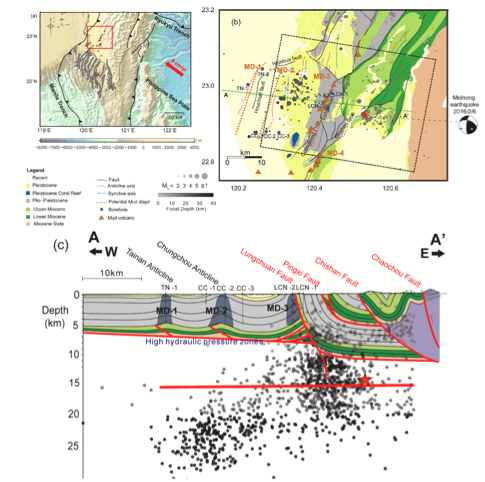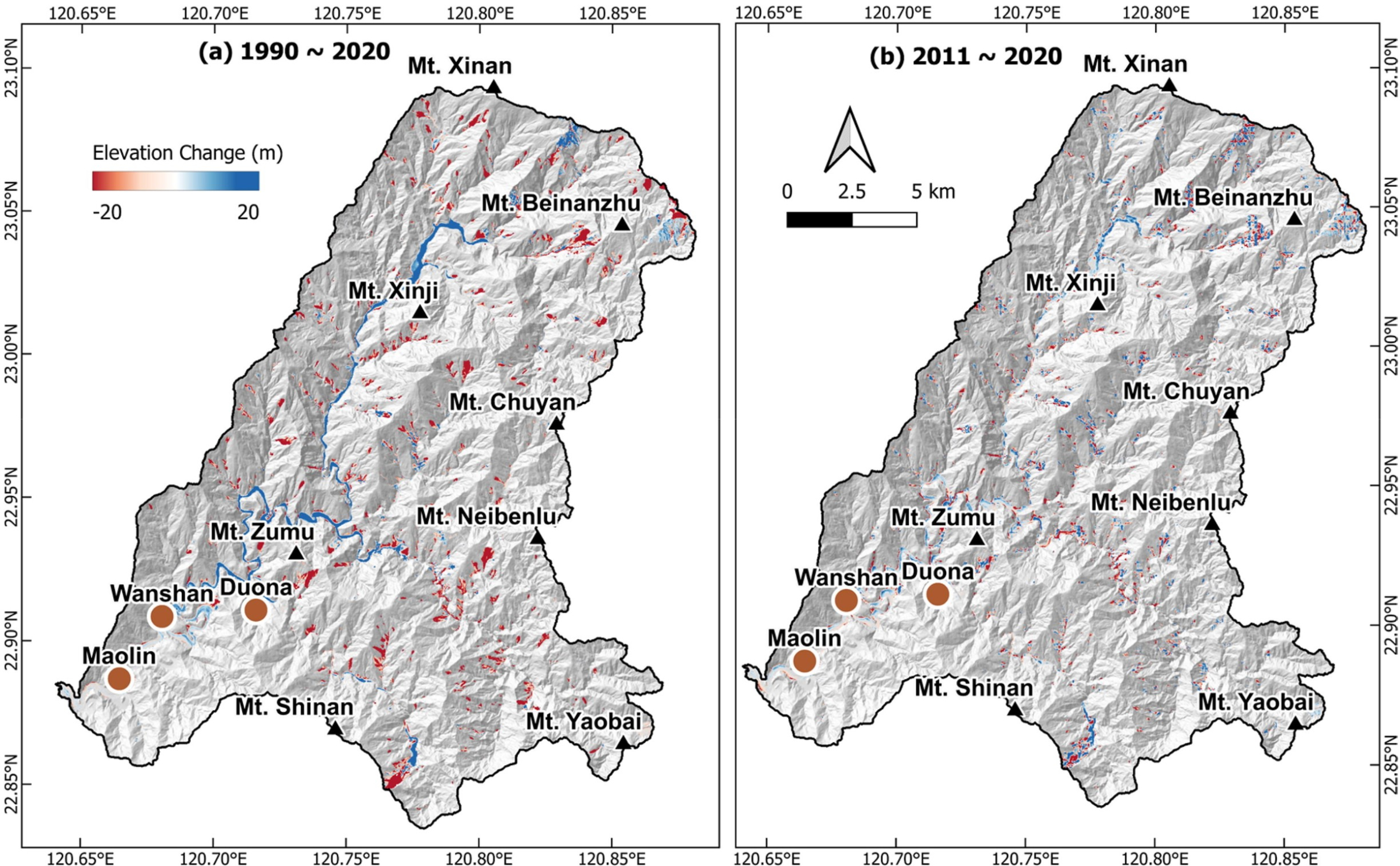Research Fellows/Professors︰Sun-Lin Chung、Jian-Cheng Lee、Ya-Ju Hsu、Yu-Chang Chan、Kuo-Lung Wang、Kwan-Nang Pang、Hsin-Hua Huang、Yunung Nina Lin、Alexandre Canitano
Research Scientists︰Horng-Yue Chen、Hao-Yang Lee
The research fields of geology and active tectonics at IES involve topics of various time and space scales for understanding the processes of crustal evolution and recent crustal deformation and surface processes. Research on orogenic belts and mountain building in IES aims at establishing magmatic records by systematic geochronological and geochemical analyses, and elucidating underground structure and earthquake source characteristics by deploying portable broadband seismic networks. These efforts lead to better understanding of various evolutionary stages of the orogenic belt. Key study areas include orogenic belts of the Tibet-Himalaya and Caucasus-Iran-Anatolia, two of the most important collision orogens in the world, accretionary orogens of Central Asian orogenic belt and South East Asia, and the young and classic Taiwan orogenic belt. Comparative research on these types of orogens is currently conducted by IES scientists.
In the field of active tectonics, by combining continuous GPS networks data and borehole strainmeter measurements, IES investigates and studies the correlation between the spatial-temporal patterns of crustal deformation prior to earthquakes and other surface processes such as landslides. IES also develops airborne LiDAR and uses the derived high-resolution DEMs for understanding surface geology, active faulting, landslide and erosion mechanisms. We employ new generations of SAR techniques for investigating earth deformation and surface processes. In addition, IES has carried out a series of geological, seismological and geodetic studies in the Longitudinal Valley in eastern Taiwan. Current research includes GPS and leveling measurements, Chihshang Fault Observatory, and numerical simulations. The purpose is to determine the surface break locations of active faults and the extent and rate of crustal deformation, which will help us understand the mechanical properties of subsurface faults. The research results from the fields of geology and active tectonics provide solid scientific foundation for prevention and mitigation of natural hazards.





































